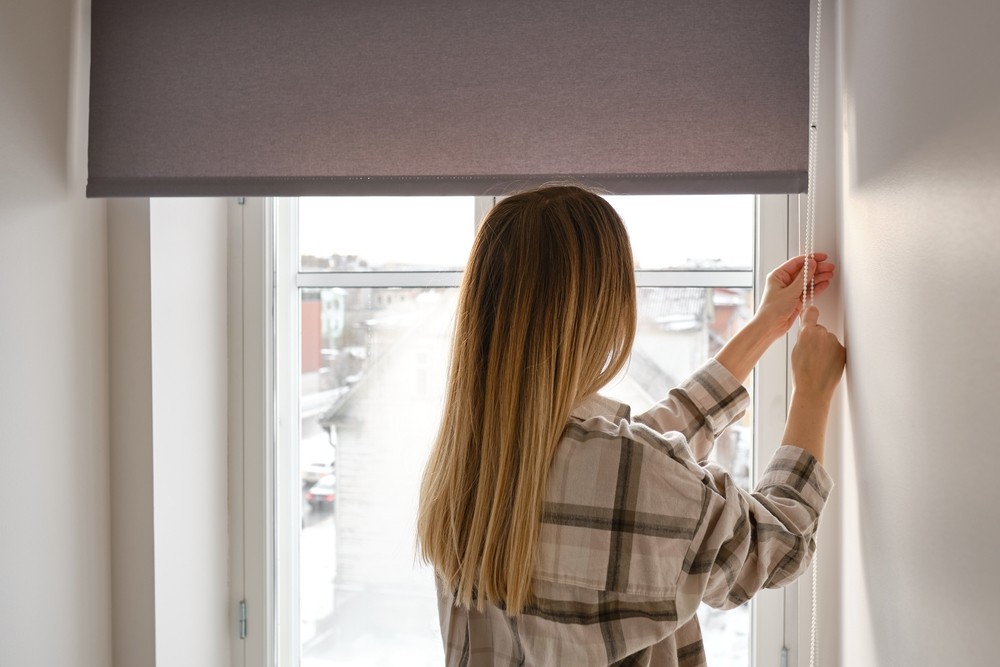As summer temperatures soar, keeping your home cool without relying heavily on air conditioning can not only save you money on energy bills but also contribute to a greener environment. With thoughtful strategies and a few clever tweaks, you can maintain a comfortable indoor climate.
What is Heat Transfer?
Before diving into practical solutions, it’s beneficial to understand how heat enters your home. The primary ways are through conduction, convection, and radiation. Knowing this can help you strategize more effectively to keep your home cooler.
- Conduction: Heat moves through solid materials like your walls, windows, and roof.
- Convection: Heat transfers through air, meaning hot outdoor air can enter through leaks and poorly sealed areas.
- Radiation: The sun’s rays directly heat surfaces inside your home.
Each of these pathways requires a distinct approach to manage effectively.
Optimize Natural Ventilation
Harnessing the natural flow of air can be one of the most effective ways to cool down your home. The key is to encourage cross ventilation, which means having air enter from one side of the house and exit through another, creating a refreshing breeze.
- Strategic Window Placement: Open windows on opposite sides of your home to facilitate airflow. This is especially effective during the cooler parts of the day, such as early morning or late evening.
- Use of Fans: Ceiling fans and portable fans can improve airflow when strategically placed. Ceiling fans should rotate counterclockwise during the summer to push cool air down.
- Window Fans: Placing a fan in the window helps pull cooler air in or push warmer air out. Experiment with combinations to see what’s more effective for your home structure.
Enhance Window Treatments
Windows are often a major source of heat gain in the home. Enhancing window treatments can have a significant impact on indoor temperatures.
- Reflective Window Films: Apply these films to windows to reflect a portion of sunlight, effectively reducing heat gain while still allowing some light through.
- Blackout Curtains: These are made with fabric that blocks sunlight entirely, making them ideal for bedrooms to maintain a cooler temperature.
- Blinds and Shades: Use light-colored blinds or shades. Close them during peak sunlight hours to minimize heat absorption.
- Pergolas and Awnings: Install these outside windows to block direct sunlight while still allowing air circulation.
Implement Insulation Solutions
Insulation is not only for winter. In fact, it plays a crucial role in keeping your home cool in the summer.
- Roof and Attic Insulation: Hot air rises, and a poorly insulated roof can let a lot of heat into your living spaces. Consider adding or upgrading insulation in the attic.
- Wall Insulation: Properly insulated walls can prevent external heat from entering your home, maintaining a cooler indoor environment.
- Sealing Gaps: Check for any gaps or cracks in windows, doors, and walls. Seal them with caulk or weather stripping to prevent hot air from sneaking in.
Landscaping with Purpose
Your home’s exterior environment can impact the interior temperature. By planting trees, shrubs, and employing strategic landscaping, you can create a natural barrier against heat.
- Shade Trees: Plant deciduous trees on the south and west sides of your home. They provide shade in the summer and let sunlight through in the winter after shedding leaves.
- Shrubs and Bushes: Use these plants near windows to act as a buffer against sun exposure.
- Green Roofs and Walls: Installing vegetation on roofs or walls can help with insulation and reduce heat absorption by the building.
- Reflective Ground Cover: Use light-colored materials for pathways and patios to reflect rather than absorb heat.
Opt for Energy-Efficient Lighting and Appliances
Conventional incandescent bulbs and older appliances generate a lot of heat during operation. Switching to more energy-efficient options can help keep your home cooler.
- LED Lighting: These bulbs use less energy and emit less heat compared to traditional incandescent bulbs, making them a smart choice for cooling.
- Energy-Efficient Appliances: Replace aging appliances with Energy Star-rated models, which generate less heat and consume less energy.
- Smart Use of Appliances: Run heat-generating devices like dishwashers and ovens during cooler hours or at night to minimize indoor heat gain.
Minimize Indoor Heat Sources
Reducing the heat produced inside your home is another way to help keep the temperature down.
- Cooking Habits: Limit the use of ovens and stoves during the hottest parts of the day. Opt for outdoor grilling or using a microwave instead.
- Clothes Drying: Air-dry clothes outdoors instead of using a dryer that generates a lot of heat indoors.
- Turn Off Electronics: When not in use, power down electronics like computers and televisions, which can produce significant heat over time.
Adopt Innovative Cooling Products
Several products available on the market promise to cool your home without requiring an AC unit.
- Evaporative Coolers: Also known as swamp coolers, they use water evaporation to cool air, which is then circulated in the home.
- Smart Thermostats and Fans: Devices that adjust based on occupancy and temperature forecasts to optimize airflow and cooling.
- Portable Coolers: These can be effective for cooling targeted areas without cooling the whole house, offering energy savings and flexibility.
Leverage the Power of Colors and Materials
The colors and materials used throughout your home can also influence the internal temperature.
- Light Colors: Paint walls with light colors that reflect more sunlight, keeping rooms cooler compared to dark hues.
- Reflective Roofing Materials: Use light-colored and reflective materials for your roof to reduce heat absorption.
- Thermal Mass Materials: Incorporate materials like concrete or brick that absorb heat, keeping spaces cooler during the day and releasing warmth at night.
By employing a combination of these strategies, you can significantly decrease your reliance on air conditioning and keep your home comfortable even in the warmest months. Taking steps to create a naturally cooler home not only reduces energy consumption but also helps in making informed and sustainable choices for the environment. Whether you’re designing a new home or looking for ways to adjust your current living space, each method contributes to a comfortable, cost-effective, and environmentally friendly summer sanctuary.


